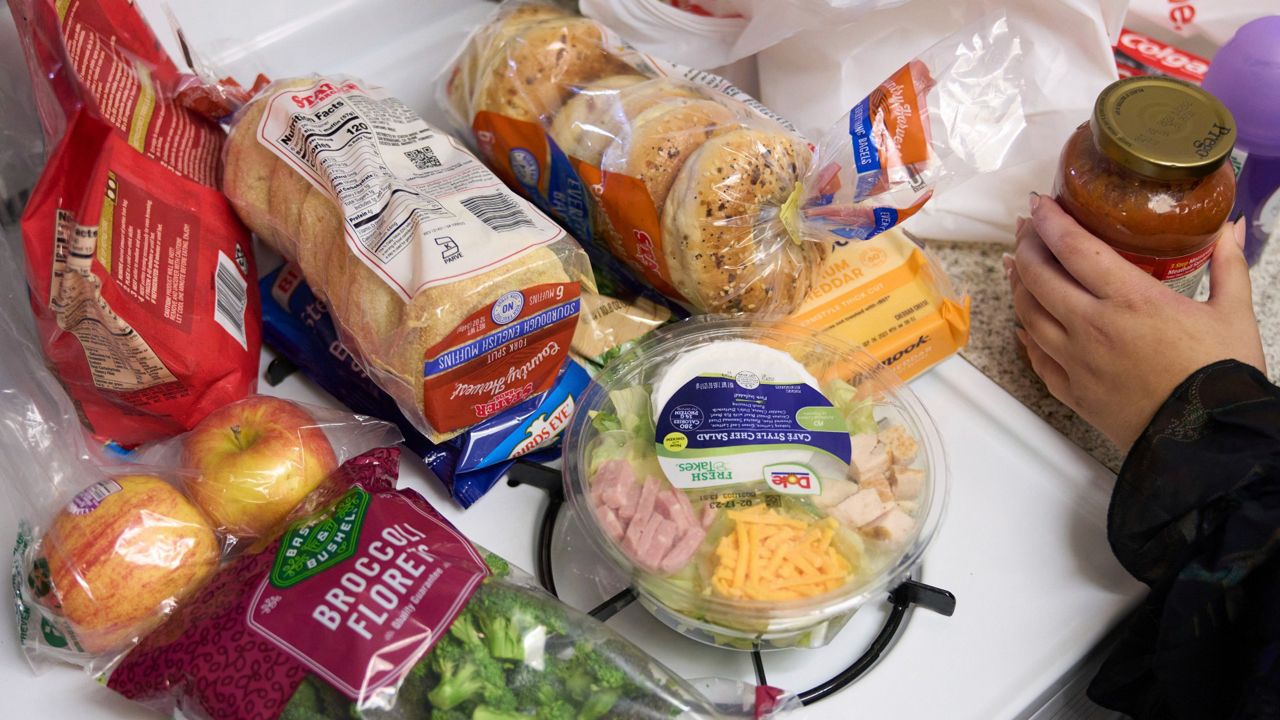More Americans would be eligible for restaurant-prepared meals as part of the U.S. Department of Agriculture’s food assistance program under a new bipartisan bill introduced in the Senate on Tuesday.
The Meals for At-Risk Americans Act would make it easier for states to apply to the USDA Restaurant Meals Program.
“Everyone deserves access to freshly cooked, nutritious meals, but for many vulnerable Americans, preparing healthy food at home is not an option,” Sen. Alex Padilla, D-Calif., who co-authored the bill, said in a statement.
Padilla is one of three senators who introduced the bill Tuesday, along with John Cornyn, R-Texas, and Chris Murphy, D-Conn.
“The Restaurant Meals Program is an important resource for Americans struggling with food insecurity,” said Sen. Cornyn. “This bill would increase oversight, cut red tape, and modernize the application process to make it easier for more states to utilize this critical program.”
Eight states, including California, Arizona, Illinois and Michigan, currently offer Restaurant Meals Programs to provide prepared meals for individuals who are disabled, elderly or experiencing homelessness. The Meals for At-Risk Americans Act would streamline the application process for states and restaurants, which currently need to apply by mail to participate.
If passed, the act would require the USDA to include a digital application for states seeking to establish Restaurant Meals Programs and to provide more technical assistance to states and restaurants.
The Restaurant Meals Program allows individuals who receive Supplemental Nutrition Assistance Program, or SNAP, benefits to use them to purchase prepared meals from qualifying restaurants. Many SNAP recipients are unable to prepare food for themselves because they cannot carry heavy bags of groceries, open jars, safely use a knife or stand for long periods of time. Homeless SNAP recipients lack refrigeration to store healthy food and sanitary places to prepare it.
About 12.5% of the U.S. population receive SNAP benefits because their gross monthly incomes are below the federal poverty level, according to the Pew Research Center.
The Food Research and Action Center, a national organization that works to improve public policies to eradicate hunger, found that every $1 in SNAP benefits yields $1.50 to $1.80 in economic activity. FRAC is one of several groups endorsing the proposed legislation, along with the National Restaurant Association and the California Association of Food Banks.



